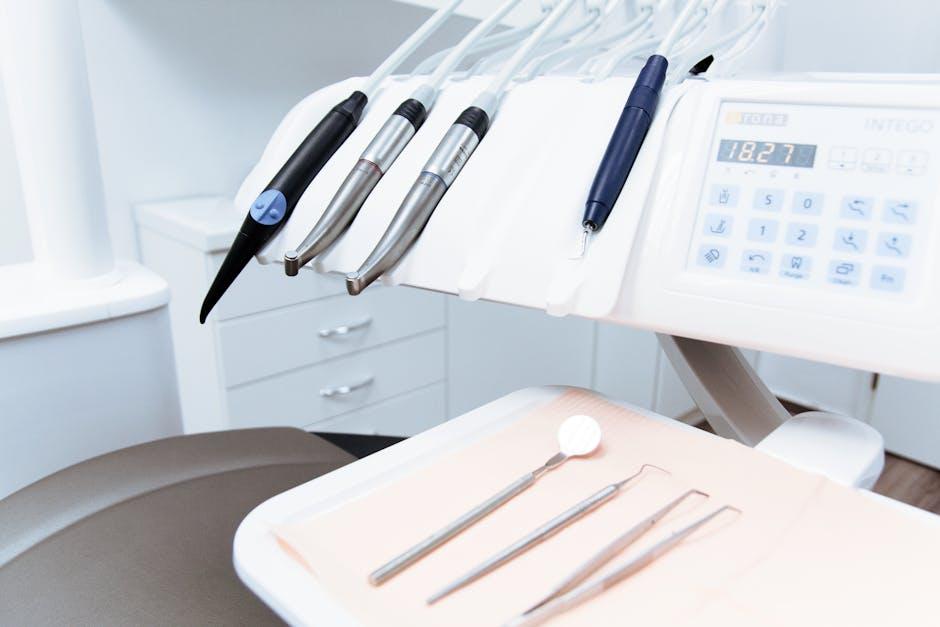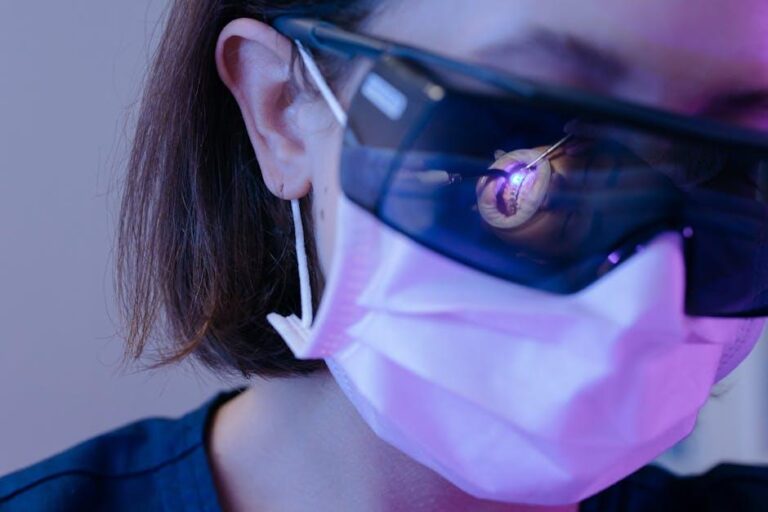
Technology in Dentistry – American Dental Association
Dental care has evolved tremendously over recent years, thanks largely to rapid advancements in technology. The American Dental Association (ADA) actively supports and promotes the integration of modern tools and innovations that elevate dental practice standards and deliver superior patient outcomes. In this comprehensive article, we’ll explore the cutting-edge technologies transforming dentistry today and what they mean for patients and practitioners alike.
Introduction to Technology in Dentistry
The intersection of technology and dentistry has brought about a new era of precision, comfort, and efficiency in oral healthcare. From digital imaging to computer-aided design, the integration of technology helps dentists diagnose, treat, and even prevent dental issues more effectively. The American Dental Association consistently highlights emerging technologies that enhance patient care, improve clinical workflow, and foster widespread acceptance of dental innovations nationwide.
Key Technologies Endorsed by the American Dental Association
The ADA promotes various technological advancements that have reshaped dental practice. Some of the most impactful technologies include:
1. Digital Radiography (Digital X-rays)
Digital radiography replaces traditional X-rays with advanced digital sensors, significantly reducing radiation exposure while providing instant, highly detailed images to aid diagnosis.
2. Intraoral Cameras
These small, handheld devices offer real-time visuals of the inside of a patient’s mouth, allowing dentists and patients to see treatment areas clearly and better understand oral health conditions.
3. CAD/CAM Technology (Computer-Aided Design and Manufacturing)
CAD/CAM enables dentists to design and create precision-fitted crowns, bridges, veneers, and dentures in a single visit, streamlining treatment and reducing wait times.
4. 3D Imaging and Cone Beam Computed Tomography (CBCT)
Advanced 3D imaging provides comprehensive views of teeth, bones, and soft tissues for complex diagnoses and surgical planning with unparalleled accuracy.
5. Dental Lasers
Lasers are used for soft and hard tissue procedures, offering less pain, minimal bleeding, and faster healing times.
6. Teledentistry
Leveraging virtual consultations and remote monitoring, teledentistry expands access to care, particularly for underserved and rural populations.
Benefits of Technology in Dentistry
- Improved Diagnosis and Accuracy: Digital tools offer clearer, more accurate images and data, helping dentists detect issues earlier and more precisely.
- Enhanced Patient Comfort: Minimally invasive techniques reduce discomfort, anxiety, and recovery times.
- Faster Treatment: Technologies like CAD/CAM enable same-day restorations, minimizing the number of visits.
- Personalized Care: Advanced imaging and design tools improve treatment customization.
- Better Patient Education: Visual tools help patients understand their conditions and proposed treatments.
- Infection Control: Less invasive and more sterile procedures promote safety for patients and staff.
Practical Tips for Patients Embracing Dental Technology
- Ask your dentist if they use digital X-rays or intraoral cameras to improve your diagnosis.
- Request to see 3D images or digital impressions to better understand your oral health status.
- Inquire about same-day restorations with CAD/CAM if you need crowns or veneers.
- Utilize teledentistry services if you have difficulty visiting the office or need follow-up consultations.
- Stay informed on how laser treatments can reduce discomfort and speed healing in various procedures.
Case Study: How Digital Dentistry Transformed Patient Care
A patient with severe dental anxiety benefited greatly from digital dentistry integration. Traditional impressions caused distress, but the use of intraoral scanners allowed a painless and quick digital impression process. Combined with CAD/CAM technology, the patient received a custom crown during a single visit. The patient reported reduced anxiety, a comfortable experience, and satisfaction with the final restoration’s fit and appearance.
Comparison Table: Traditional vs. Modern Dental Technologies
| Aspect | Traditional Dentistry | Modern Technology-Driven Dentistry |
|---|---|---|
| Impressions | Physical molds, uncomfortable | Digital intraoral scanners, quick & precise |
| X-rays | Film-based, longer processing time | Digital radiography, instantly viewable |
| Restorations | Multiple visits, lab work needed | CAD/CAM, same-day restorations |
| Treatment Planning | X-rays & physical exams | 3D imaging & CBCT for detailed planning |
| Surgical Procedures | Conventional tools, more invasive | Laser technology, minimally invasive |
First-Hand Experience: Dentist Perspective on ADA-Endorsed Technologies
Dr. Maria Jennings, a practicing dentist in Chicago, shares her insights: “Incorporating ADA-approved technology like digital X-rays and CAD/CAM has transformed my clinical practice. Patients appreciate the reduced discomfort and faster appointments, while I enjoy greater diagnostic confidence and precision. These tools allow me to focus on patient-centered care without compromising on quality.”
Conclusion
The integration of advanced technology in dentistry, strongly supported by the American Dental Association, is revolutionizing the way dental care is delivered. From digital imaging and lasers to teledentistry, these innovations enhance accuracy, comfort, and accessibility for patients while improving efficiency for dental professionals. Embracing these technological advancements ensures oral health care keeps pace with the modern world, making visits to the dentist more effective and pleasant than ever before. If you want the best in dental treatment, be sure to seek out providers who incorporate the latest ADA-endorsed technologies.


